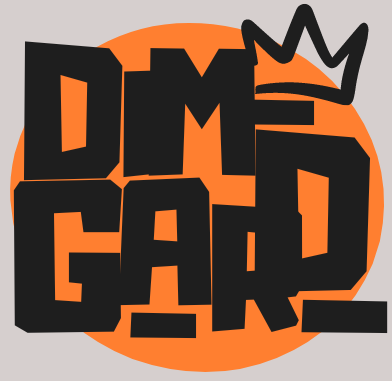In the digital age, email marketing remains a cornerstone of effective communication for small businesses. Yet, as the marketplace becomes increasingly saturated, simply sending out periodic newsletters or promotional emails no longer cuts it. Enter the game-changer: automated email marketing tools and Customer Relationship Management (CRM) systems. This guide is tailored to help small businesses navigate these waters, showing how to apply these tools to not only stay afloat but to sail smoothly towards higher profitability.
The Essence of Automated Email Marketing Tools
At its core, automated email marketing involves using software to send out emails automatically, based on a schedule, or in response to specific actions taken by your customers. It’s like having a tireless team member focused solely on ensuring your message reaches the right person at the right time. When combined with a CRM system, which manages all your company’s relationships and interactions with customers, the potential for personalized marketing grows exponentially.
Why Small Businesses Need to Embrace Automation
Cost Efficiency
Implementing automated email marketing tools significantly reduces the need for a large marketing team, cutting down costs while increasing efficiency.
Time-Saving
Automation frees up valuable time for small business owners, allowing them to focus on other critical aspects of their business, from product development to strategic planning.
Increased Engagement
Automated emails can be highly personalized, making recipients feel understood and valued, which in turn, fosters greater customer engagement.
Improved Customer Retention
Personalized, timely emails strengthen customer relationships, encouraging repeat business and loyalty.
A Step-by-Step Guide to Implementing Email Automation
1. Choosing the Right Tools
Start by evaluating your business needs, size, and the specific features you require from an email marketing tool and CRM system. Consider factors like ease of use, scalability, and integration capabilities.
2. Segmenting Your Audience
Divide your customer base into segments based on demographics, purchase history, or engagement level. This enables you to tailor your messages more effectively, increasing their relevance and impact.
3. Creating Compelling Content:
The success of your email campaign hinges on the content. Focus on creating value-driven content that addresses the needs and interests of your audience, encouraging them to open, read, and engage with your emails.
4. Personalization and Automation
Use the data gathered by your CRM to personalize emails. This can range from addressing recipients by name to customizing content based on their past interactions with your brand.
5. Testing and Optimization
Continuously test different aspects of your email campaigns, from subject lines to call-to-action buttons, and use the insights gained to optimize future sends.
The Power of Integrating CRM
Integrating your email marketing efforts with a CRM system creates a seamless flow of information. It allows for more sophisticated segmentation, timely follow-ups, and a deeper understanding of customer behavior. This synergy not only enhances the personalization of your emails but also provides actionable insights to refine your overall marketing strategy.
Advanced Strategies for Enhanced ROI
Leveraging Analytics
Dive deep into your email analytics to understand what works and what doesn’t. Look at open rates, click-through rates, and conversion rates to gauge the effectiveness of your campaigns.
Lifecycle Email Marketing
Design email campaigns that correspond to different stages of the customer journey, from welcome emails to re-engagement campaigns, ensuring your messaging is always relevant.
Automated Retargeting Campaigns
Set up emails that trigger based on specific customer actions, such as abandoning a shopping cart, to recapture lost sales opportunities.
Navigating the Challenges
Adopting new technologies comes with its set of challenges. You might encounter issues like low engagement rates or problems with email deliverability. To overcome these, ensure your email list is clean and engaged, regularly update your content to keep it fresh, and always adhere to best practices for email marketing to improve deliverability.
Success Stories: Learning from the Best
Consider the example of a small online retailer that implemented automated email marketing to remind customers of abandoned carts. By sending a personalized email 24 hours after abandonment, they saw a 20% increase in cart recovery rate. Another success story comes from a service-based SME that used segmented email campaigns to target different customer groups with tailored offers, resulting in a 30% uptick in bookings.
Final Thoughts and Actionable Tips
Embarking on the journey of automated email marketing and CRM integration may seem daunting, but the potential rewards are too significant to ignore. Start small, focusing on one or two strategies that align with your business goals, and gradually expand as you become more comfortable and start seeing results. Remember, the ultimate goal is to build stronger relationships with your customers, leading to increased loyalty and, ultimately, a higher ROI.
In conclusion, the integration of automated email marketing tools and CRM systems offers a potent solution for small businesses aiming to enhance their marketing efforts, engage customers more effectively, and drive sales. By following the steps outlined in this guide, small businesses can not only stay competitive in a crowded marketplace but thrive, turning every email sent into an opportunity for growth. So, embrace the future of marketing, where automation and personalization work hand in hand to deliver results that matter.

